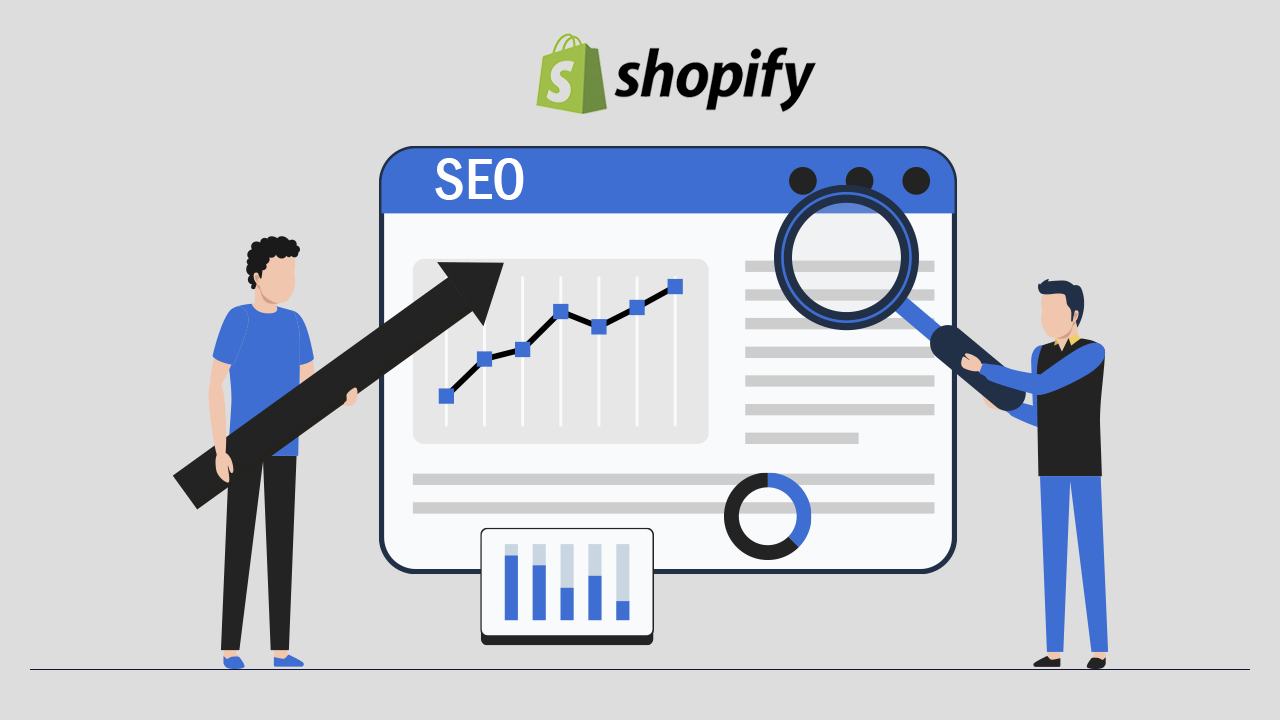When it comes to running a successful Shopify e-commerce store, search engine optimization (SEO) plays a crucial role in driving organic traffic and increasing conversions. To take your SEO efforts to the next level, it’s essential to implement advanced strategies that go beyond the basics. In this blog post,
we will explore 17 advanced Shopify SEO strategies that can help you rank your product pages higher in search engine results and ultimately boost your conversions.
Why SEO is Important in Shopify :
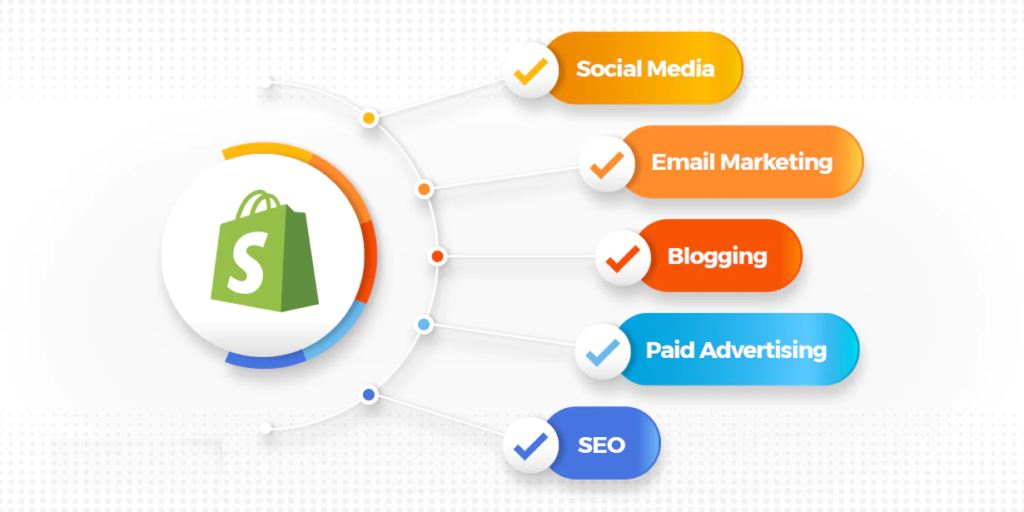
SEO, or search engine optimization, is important in Shopify because it can help your online store rank higher in search engine results pages (SERPs). This means that more people will be able to find your store when they search for products or services like the ones you offer.
Top benefits of SEO for Shopify stores:
- Increased traffic: SEO can help to increase the number of visitors to your Shopify store. This is because it can help your store rank higher in search engine results pages (SERPs).
- More sales: More traffic means more potential customers. And more potential customers means more sales.
- Brand awareness: SEO can help to increase brand awareness for your Shopify store. This is because it can help your store rank higher in SERPs, which means that more people will see your store when they search for products or services like the ones you offer.
- Better customer experience: SEO can help to improve the customer experience for your Shopify store. This is because it can help to ensure that your store is easy to find and navigate.
If you are serious about growing your Shopify store, Follow these 17 advanced Shopify SEO strategies to boost your conversions.
I. Audit and Optimize the Internal Linking Structure
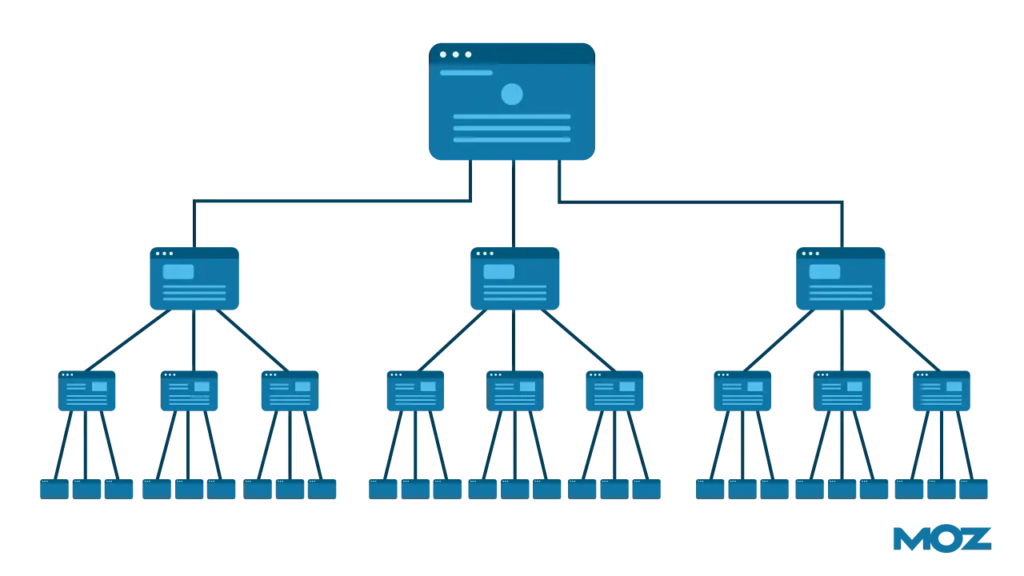
Internal links are an often overlooked but powerful SEO tool. By auditing and optimizing your internal linking structure, you can enhance the visibility and authority of your product pages. Start by conducting an internal link audit to identify any broken or irrelevant links.
Ensure that your internal links are contextually relevant and strategically placed within your website’s architecture.
For example, if you have a blog post about “Top 10 Sneakers for Running,” you can include internal links to relevant product pages within the article, such as “Shop our latest collection of running shoes here.”
II. Competitor Analysis for SEO Insights :
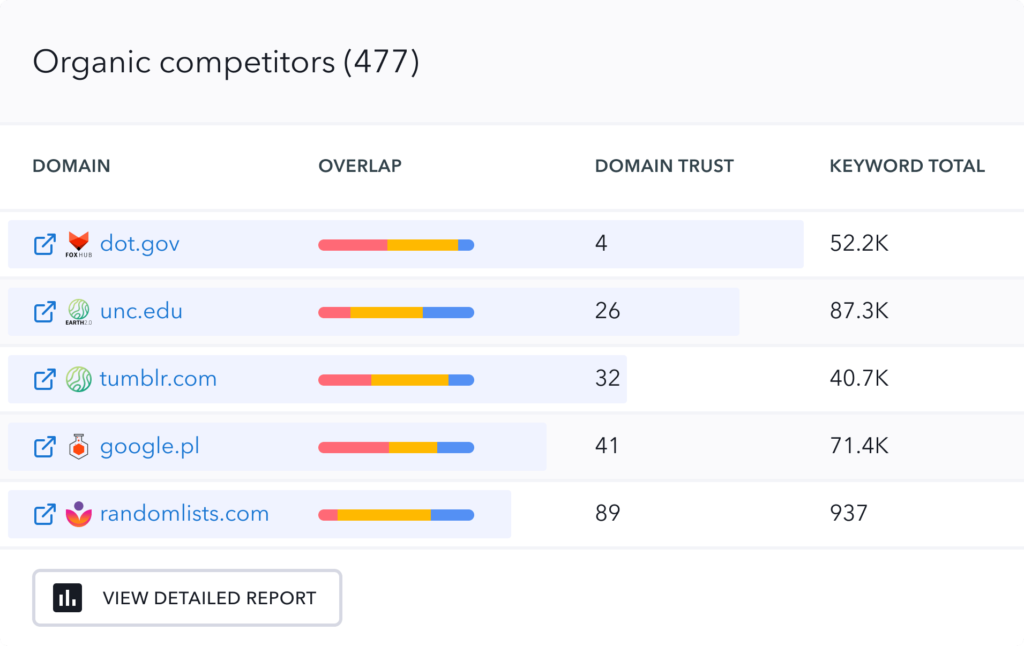
Analyzing your competitors’ SEO strategies can provide valuable insights and help you stay ahead in the game. Identify your top competitors in the niche and analyze their keyword targeting, backlink profiles, and content strategies.
Tools like SEMrush or Ahrefs can assist you in gathering data and understanding what works well for your competitors. Use these insights to refine your own SEO approach and identify untapped opportunities.
III. Create Unique and Compelling Product Pages
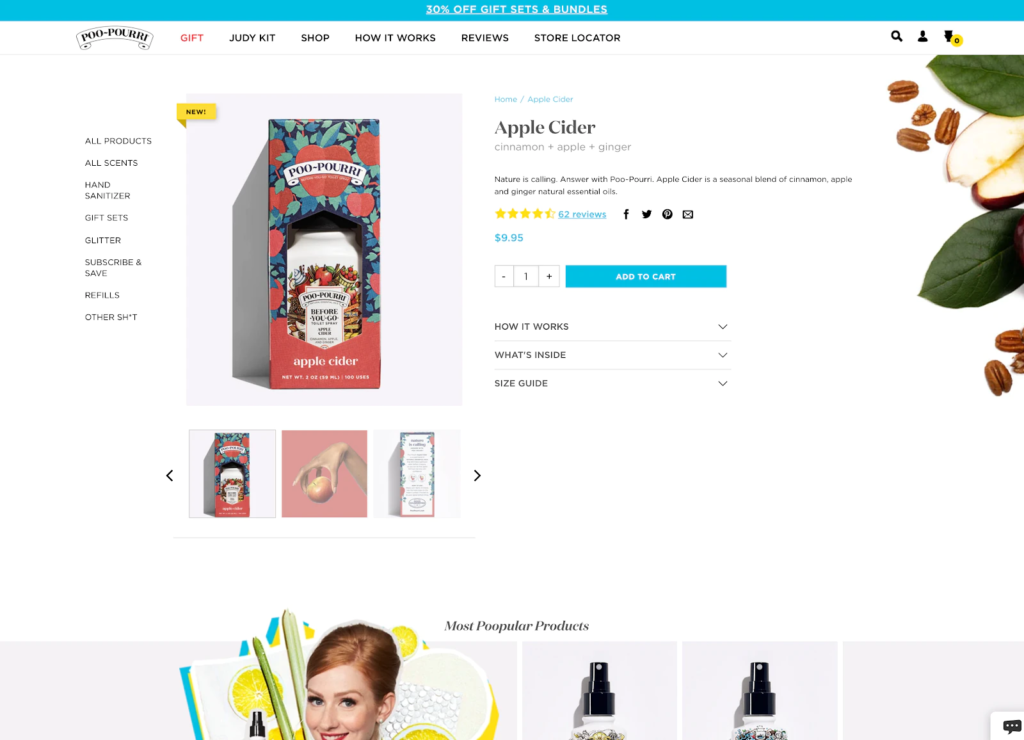
In a crowded e-commerce market, unique and compelling product pages can make a significant difference in attracting both search engines and customers. Avoid using generic product descriptions provided by manufacturers. Instead, create original and informative content that highlights the unique selling points and benefits of your products.
Incorporate relevant keywords naturally throughout the description and meta tags to optimize for search engines. Additionally, include high-quality product images and videos to enhance the user experience and showcase your products in the best light.
IV. Develop Comprehensive and Helpful Guides

Creating comprehensive guides related to your product niche not only positions you as an authority but also improves your SEO efforts. Identify relevant topics that align with your products and provide in-depth guides that offer value to your target audience.
For example, if you sell fitness equipment, you can create a guide on “How to Create an Effective Home Workout Routine.” Optimize these guides for search engines by conducting keyword research and including relevant keywords in the titles, headings, and content.
V. Supercharging Shopify SEO with Technical Optimization
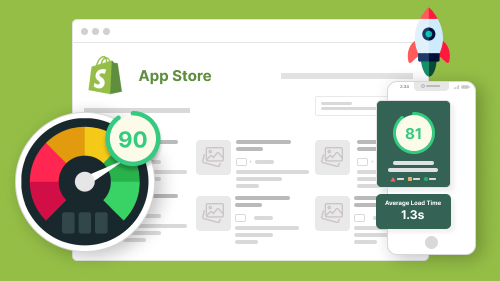
Technical SEO is an advanced aspect that focuses on optimizing your website’s technical elements for search engines. It involves improving site speed and performance, optimizing URL structures, fixing duplicate content issues, and implementing structured data markup.
A fast-loading website with clean code and structured data not only improves user experience but also helps search engines understand your content better, leading to improved rankings.
VI. Utilizing Human Psychology to Drive Clicks

Understanding user behavior and incorporating psychological tactics into your product pages can significantly impact click-through rates.
Craft persuasive and engaging product descriptions that highlight the unique value proposition and address the pain points of your target audience. Incorporate elements of social proof, scarcity, and urgency to create a sense of FOMO (fear of missing out) and encourage users to take action.
For example, adding phrases like “Limited Stock Available” or “Buy Now for a Limited-Time Discount” can create a sense of urgency and drive conversions.
VII. Invest in Comprehensive Ecommerce Keyword Research

Keyword research is a fundamental SEO practice, but taking it a step further with advanced techniques can yield better results. Invest in comprehensive e-commerce keyword research to identify high-intent and long-tail keywords specific to your products and target audience.
Tools like Keyword Planner, Moz, or SEMrush can help you discover valuable keywords with lower competition. Incorporate these keywords strategically into your product titles, descriptions, headings, and meta tags for improved visibility in search results.
VIII. Implement Multichannel Marketing Strategies

Expanding your reach beyond your Shopify store and leveraging multiple channels can significantly boost your SEO efforts. Integrate your social media marketing with SEO by sharing engaging content, promoting products, and driving traffic back to your product pages.
Collaborate with influencers in your niche to reach a wider audience and gain backlinks. Additionally, consider exploring advertising platforms like Google Ads or Bing Ads to target specific keywords and increase visibility.
IX. Leverage User-Generated Content for SEO

User-generated content (UGC), such as customer reviews and testimonials, can serve as valuable social proof and enhance your SEO efforts. Encourage your customers to leave reviews and testimonials on your product pages.
These user-generated reviews not only provide fresh and unique content for search engines but also build trust and credibility with potential customers. Display star ratings or snippets from positive reviews on your product pages to increase click-through rates.
X. Optimize Product Pages for Voice Search
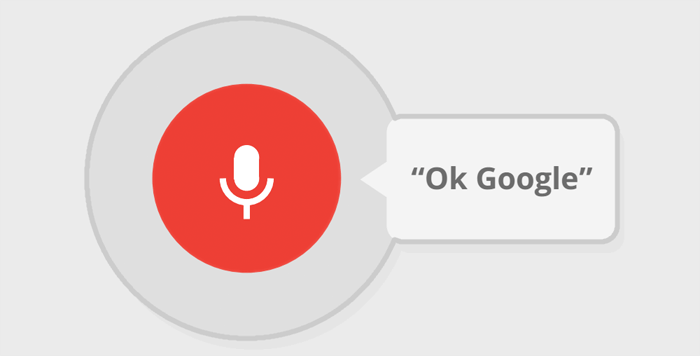
With the rising popularity of voice assistants and smart speakers, optimizing your product pages for voice search can give you a competitive advantage. Voice searches tend to be more conversational and longer, so focus on targeting long-tail keywords and answering specific questions.
Optimize your product titles, descriptions, and content to align with the natural language patterns used in voice searches. Implementing schema markup, particularly FAQ schema, can also enhance your chances of appearing in voice search results.
XI. Enhance Mobile User Experience for SEO

As mobile usage continues to grow, optimizing your Shopify store for mobile devices is crucial for SEO. Implement a responsive design that adapts to different screen sizes and ensures a seamless user experience across devices.
Optimize your mobile site speed by compressing images, minifying code, and leveraging browser caching. Prioritize mobile-friendly navigation and clear call-to-action buttons to facilitate a smooth user journey. A mobile-friendly website not only improves SEO but also reduces bounce rates and increases conversions.
XII. Utilize Rich Snippets to Stand Out in Search Results
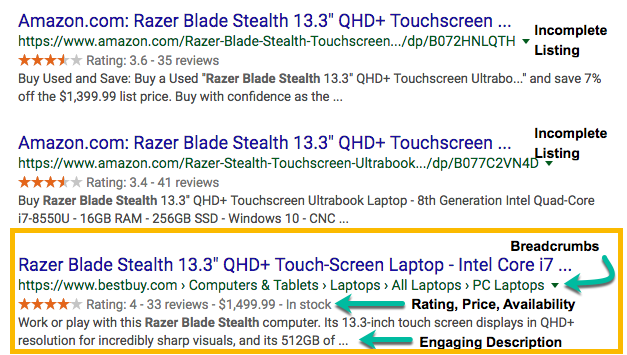
Rich snippets and SERP features provide additional information to search engine users, making your product pages more enticing and increasing click-through rates.
Identify the types of rich snippets relevant to your products, such as star ratings, price ranges, or product availability, and implement structured data markup accordingly.
By including structured data on your product pages, you can enhance the visibility and prominence of your listings in search engine results.
XIII. Implement Local SEO Strategies for Physical Stores

If you have physical store locations, incorporating local SEO strategies can help drive foot traffic and boost sales. Optimize your store pages by including location-specific keywords, local business schema markup, and accurate contact information.
Register your business with Google My Business and encourage customers to leave reviews. This will improve your local search visibility and increase the chances of appearing in Google’s local map pack.
XIV. Implement Structured Data Markup for Enhanced SEO
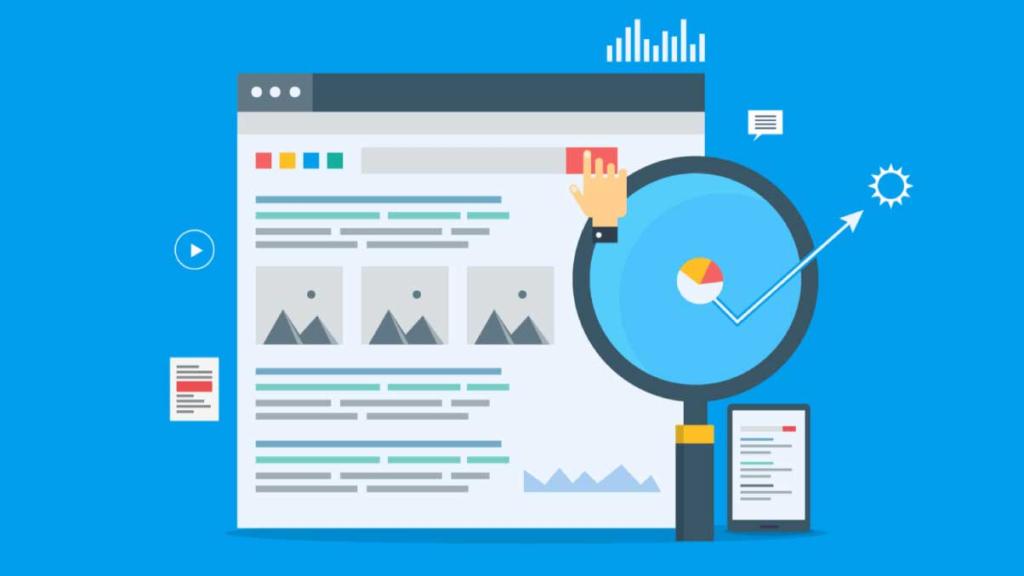
Structured data markup provides additional context to search engines, making it easier for them to understand and interpret your content. Implement product and review schema markup on your product pages to provide search engines with essential information, such as product name, price, availability, and customer ratings.
Structured data can enhance your search listings with rich snippets, increasing the visibility and click-through rates of your product pages.
XV. Monitor, Analyze, and Adapt
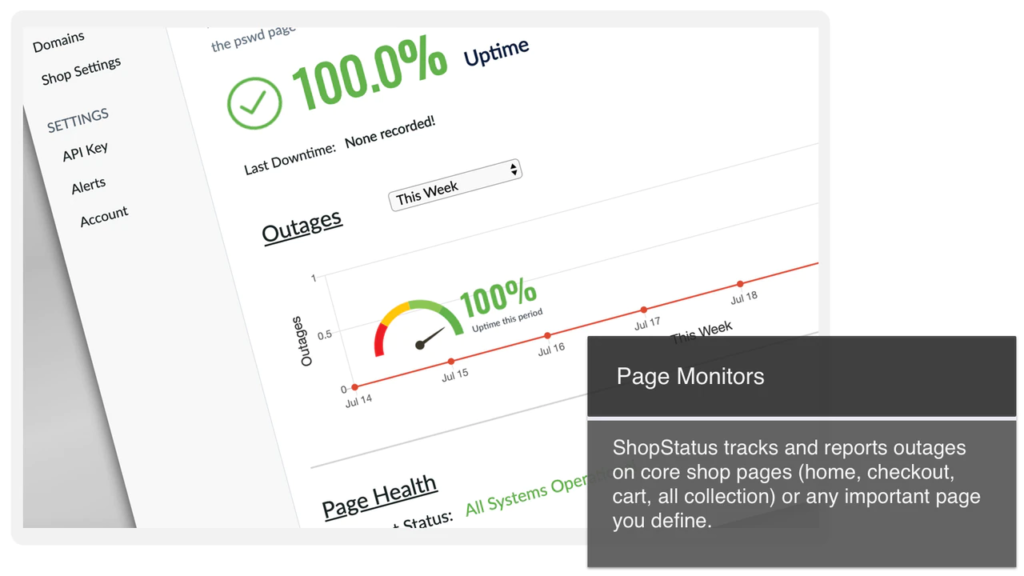
SEO is an ongoing process, and it’s crucial to monitor and analyze your efforts continuously. Utilize tools like Google Analytics and Google Search Console to track your website’s performance, monitor keyword rankings, and identify areas for improvement.
Analyze user behavior, conversion rates, and bounce rates to gain insights into your customers’ preferences and optimize your strategies accordingly. Regularly adapt and iterate your SEO strategies based on data-driven insights to stay ahead of the competition.
Mistakes to Avoid in Shopify E-commerce Store and SEO.
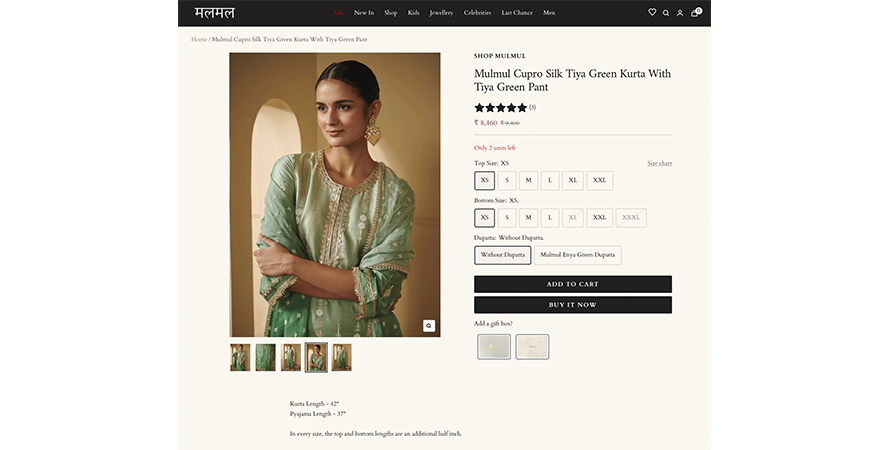
Running a successful Shopify e-commerce store requires not only implementing effective strategies but also avoiding common pitfalls that can hinder your progress.
1/ Neglecting Mobile Optimization:
Mobile optimization is no longer optional; it’s a necessity. Failing to optimize your Shopify store for mobile devices can lead to a poor user experience, higher bounce rates, and lower search engine rankings.
Ensure your site is responsive, loads quickly, and offers seamless navigation on all screen sizes.
2/ Overlooking Site Speed:
Site speed is a crucial ranking factor and directly impacts user experience. If your Shopify store takes too long to load, visitors are likely to abandon it.
Optimize your site by compressing images, minifying code, leveraging browser caching, and using a content delivery network (CDN) to ensure fast loading times.
3/ Ignoring Keyword Research:
Effective keyword research is essential for targeting the right audience and driving organic traffic. Avoid the mistake of skipping in-depth keyword research and solely relying on generic keywords.
Utilize advanced keyword research tools to identify long-tail keywords with lower competition and higher intent that align with your product offerings.
4/ Poor Product Descriptions:
Your product descriptions play a vital role in attracting and converting customers. Avoid generic and uninspiring product descriptions.
Instead, craft compelling, unique, and informative descriptions that highlight the key features, benefits, and unique selling points of your products. Incorporate relevant keywords naturally while keeping the tone conversational and engaging.
5/ Neglecting Image Optimization: Images are an integral part of your product pages, but failing to optimize them properly can negatively impact your SEO. Avoid using large, uncompressed images that slow down your site.
Compress and resize images appropriately without compromising quality. Also, add descriptive alt tags to help search engines understand the content of the images.
6/ Lack of Content Marketing: Content marketing is a powerful strategy to attract organic traffic and build brand authority. Don’t limit your efforts to product pages alone.
Create a blog and publish high-quality, informative, and engaging content related to your niche. Optimize your blog posts with relevant keywords, internal links, and shareable social media buttons to drive traffic and improve SEO.
By avoiding these common mistakes and implementing advanced strategies, you can optimize your Shopify
FAQs:

